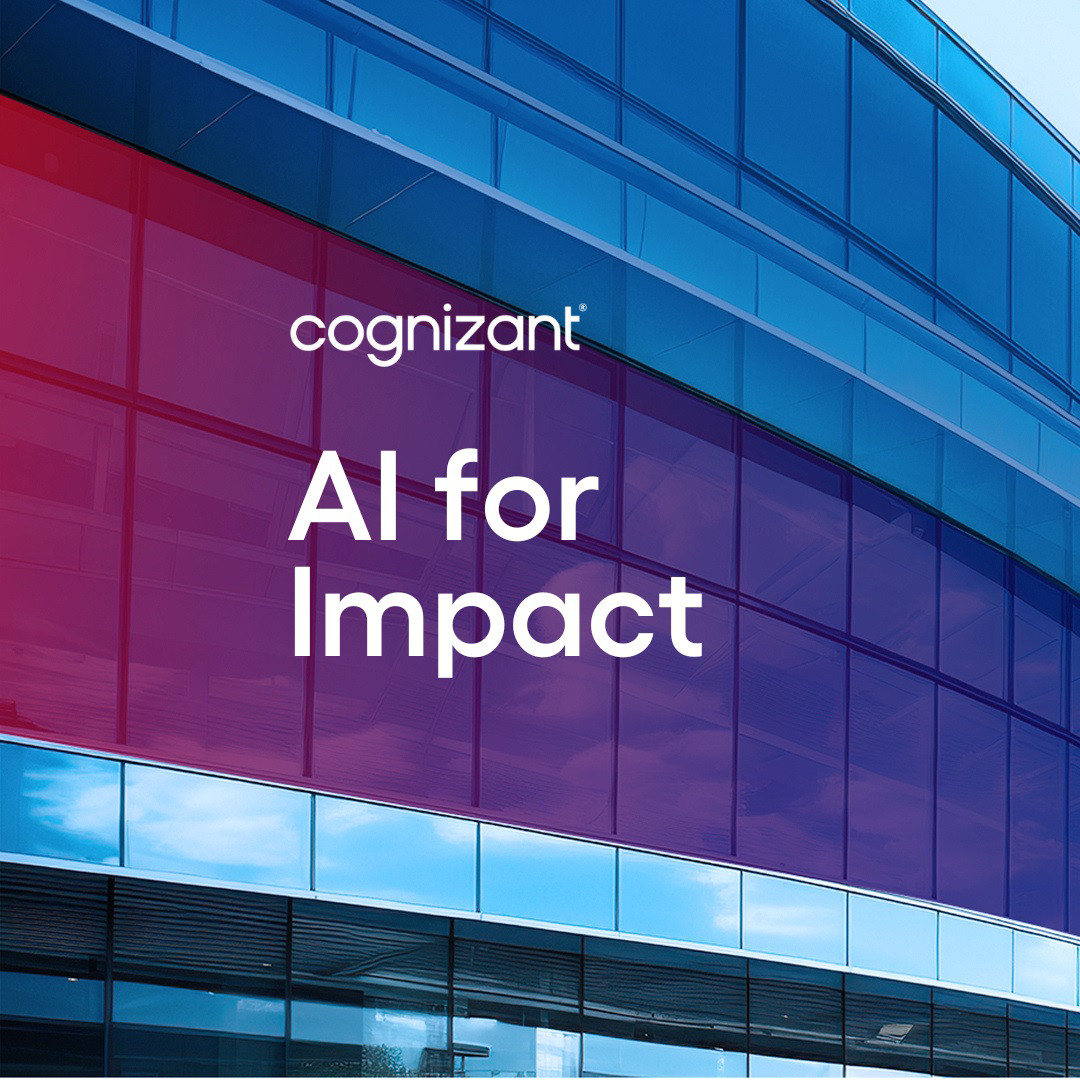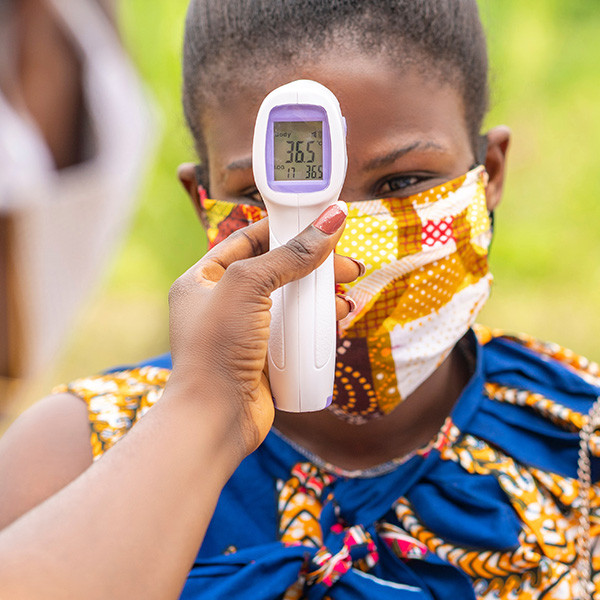The challenge
A national healthcare agency (HA) had identified the potential for generative AI to provide medical advice to patients with non-emergency symptoms. It envisioned a human-like avatar that would use large language models (LLMs) to triage symptoms and recommend a course of action.
This ‘virtual clinician’ would be capable of listening to patients describe their symptoms and asking the same kinds of clarification questions that a human doctor would ask. Using knowledge absorbed from reams of peer-reviewed medical literature, it would arrive at a diagnosis and advise the patient on what to do next.
There was only one problem: the HA in question didn’t have the expertise internally to build a sophisticated generative AI clinician. It turned to Cognizant’s global AI and Analytics team for help.



















